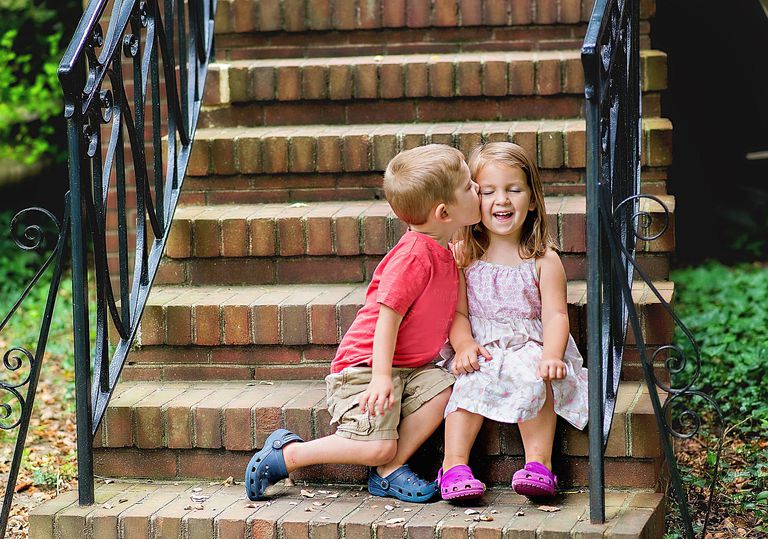
 If someone walked up to you and said “Hi, I’m your third cousin, once removed,” would you know what they meant? Most of us don’t think about our relationships in such exact terms (“cousin” seems good enough), so many of us aren’t very familiar with what these words mean. When tracing your family history, but it can be important to understand the various types of cousin relationships.
If someone walked up to you and said “Hi, I’m your third cousin, once removed,” would you know what they meant? Most of us don’t think about our relationships in such exact terms (“cousin” seems good enough), so many of us aren’t very familiar with what these words mean. When tracing your family history, but it can be important to understand the various types of cousin relationships.
Second Cousin
The degree of cousin relationship is based on the most recent direct ancestor that two people have in common.
First cousins are the people in your family who have two of the same grandparents as you.Second cousins have the same great-grandparents as you, but not the same grandparents.Third cousins have in common two great-great-grandparents and their ancestors.
“Once Removed”
When cousins descend from common ancestors by a different number of generations they are called “removed.”
Once removed means there is a difference of one generation. Your mother’s first cousin would be your first cousin, once removed. She is one generation younger than your grandparents and you are two generations younger than your grandparents.Twice removed means that there is a two-generation difference. Your grandmother’s first cousin would be your first cousin, twice removed because you are separated by two generations.
Double Cousin
Just to complicate matters, there are also many cases of double cousins. This situation usually occurs when two or more siblings from one family marry two or more siblings from another family. The resulting children, grandchildren, etc. are double cousins, because they share all four grandparents (or great-grandparents) in common. These types of relationships can be difficult to determine and it is usually easiest to chart them one at a time (through one family line and then through the other line).
Family Relationship Chart
Niece or
Nephew
Grand Niece
or Nephew
Great Grand Niece or Nephew
2nd Great Grand Niece or Nephew
3rd Great Grand Niece or Nephew
Niece or Nephew
Grand Niece or Nephew
Great Grand Niece or Nephew
2nd Great Grand Niece or Nephew
3rd Great Grand Niece or Nephew
How to Calculate How Two People Are Related
Select two people in your family and figure out the most recent direct ancestor they have in common. For example, if you chose yourself and a first cousin, you would have a grandparent in common.Look at the top row of the chart (in blue) and find the first person’s relationship to the common ancestor.Look at the far left column of the chart (in blue) and find the second person’s relationship to the common ancestor.Move across the columns and down the rows to determine where the row and column containing these two relationships (from #2 & #3) meet. This box is the relationship between the two individuals.
